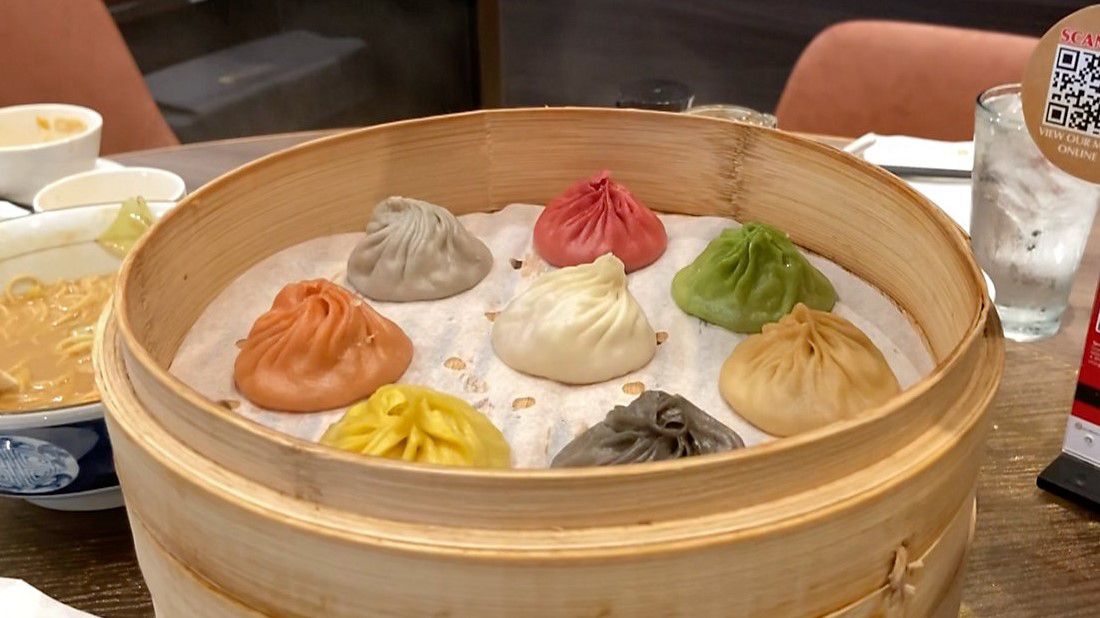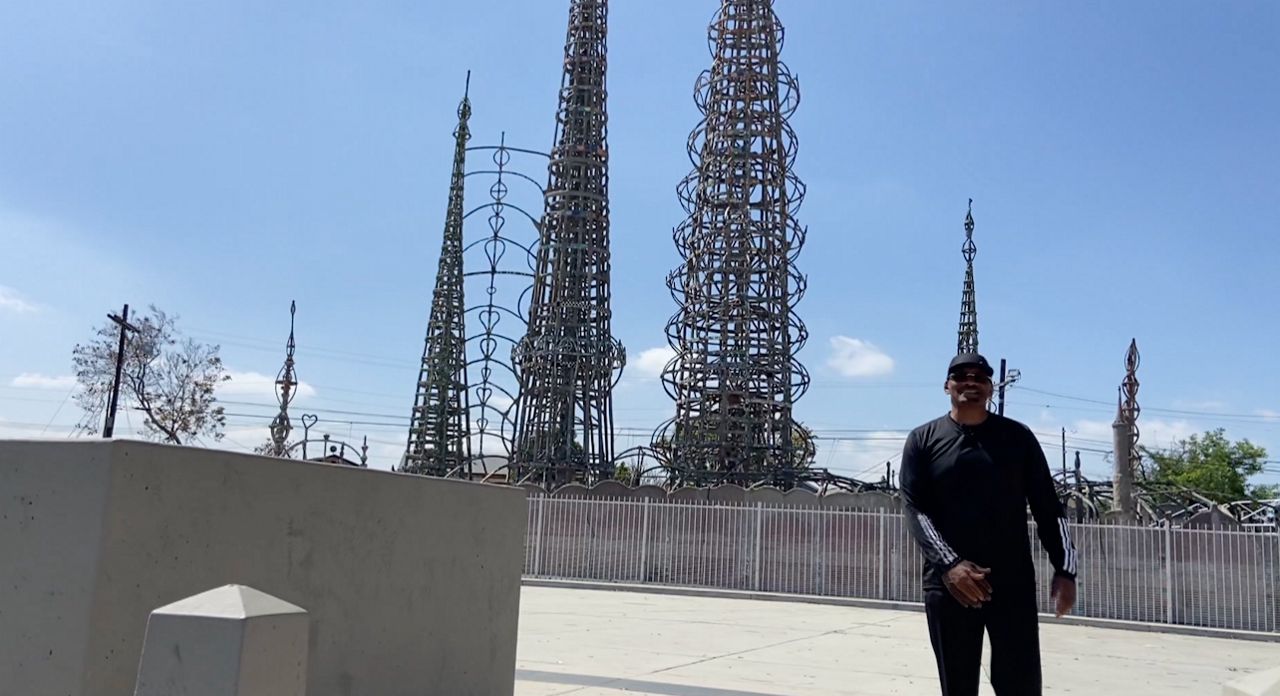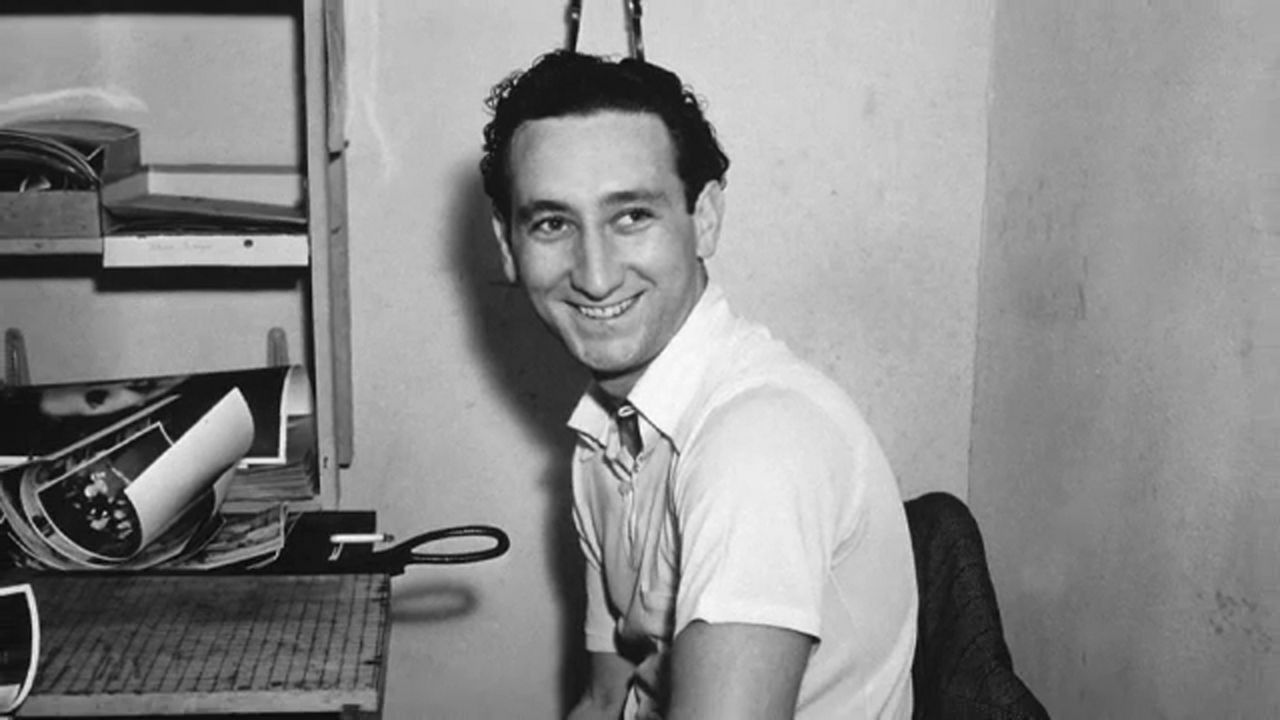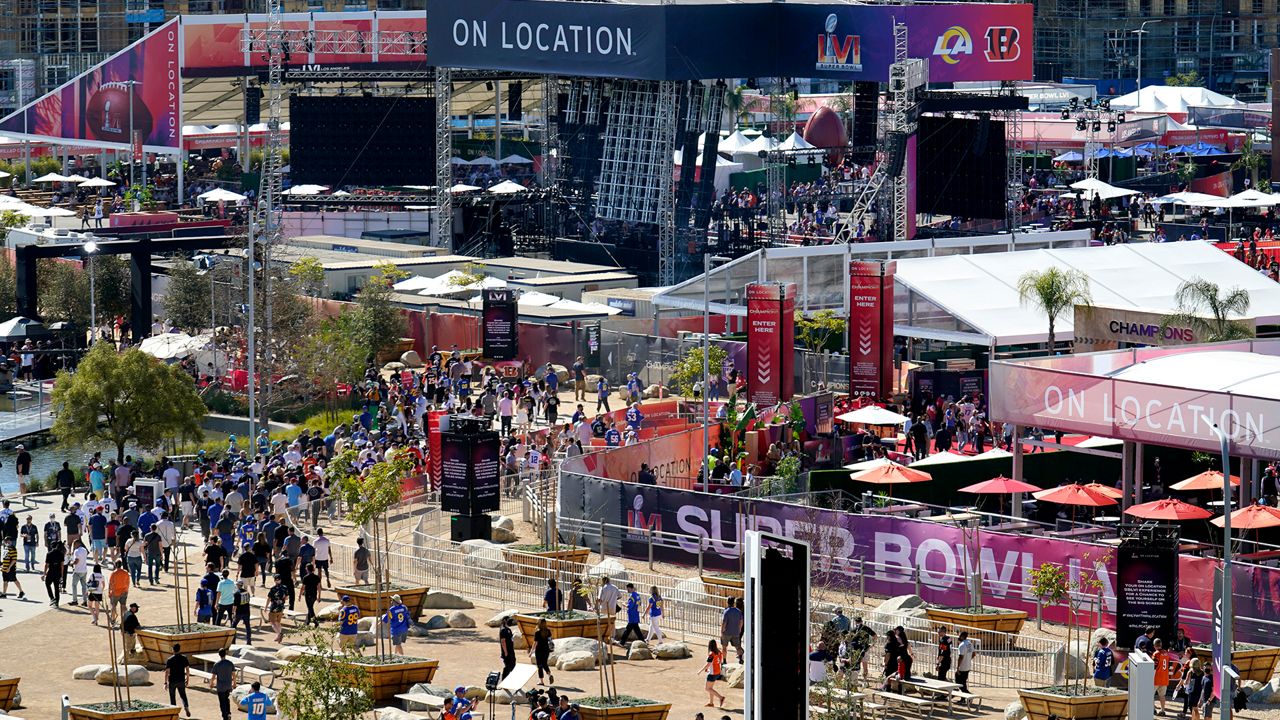LOS ANGELES – Each week Citlali Saucedo puts on her chachayotes, as Aztec dancing is a tradition in her family.
Initially she didn’t want to start until her father persisted.
Then after one practice, she says “that was it, since that day it was a Wednesday and I haven’t stopped dancing.”
Now, Saucedo is keeping the family tradition and dances with her husband. For Saucedo, Danza Azteca is very spiritual, a form of prayer, and something she wants the world to see.
Every year her dance group joins several other groups across Los Angeles to be part of the east L.A. Mexican Independence Day Parade and Festival.
“Our culture is very very big and it has very strong roots and we are still here,” said Saucedo.
Aztec dancers are just one of the many groups who join the parade each year to not only celebrate Mexican Independence Day, but celebrate Mexican culture in Los Angeles. Each year tens of thousands of people line the 1.5- mile parade route that begins at the corner of Cesar Chavez Avenue and Mednik Avenue.
But the East L.A. parade didn’t start in East Los Angeles.
“It started in the center of Los Angeles in the Placita Olvera and it was all the way from Broadway to Lincoln park, that was the beginning in 1946,” says Jose Duarte, the President of the Comité Mexicano Cívico Patriótico, the committee that plans the parade each year.
Duarte showed some pictures from the committee archives and said the parade eventually moved to East L.A. because of the large population of Mexicans living in the area. Over the years, the parade has had a very diverse list of grand marshals, including actor John Wayne, and Anthony Quinn, even politicians like Richard Nixon and the Mexican Norteño band Los Tigres del Norte.
For many parade goers the event is a reminder of the strong influence Mexican culture has on Southern California, a culture parade organizers say will be not only shared but celebrated down the streets of East Los Angeles.











